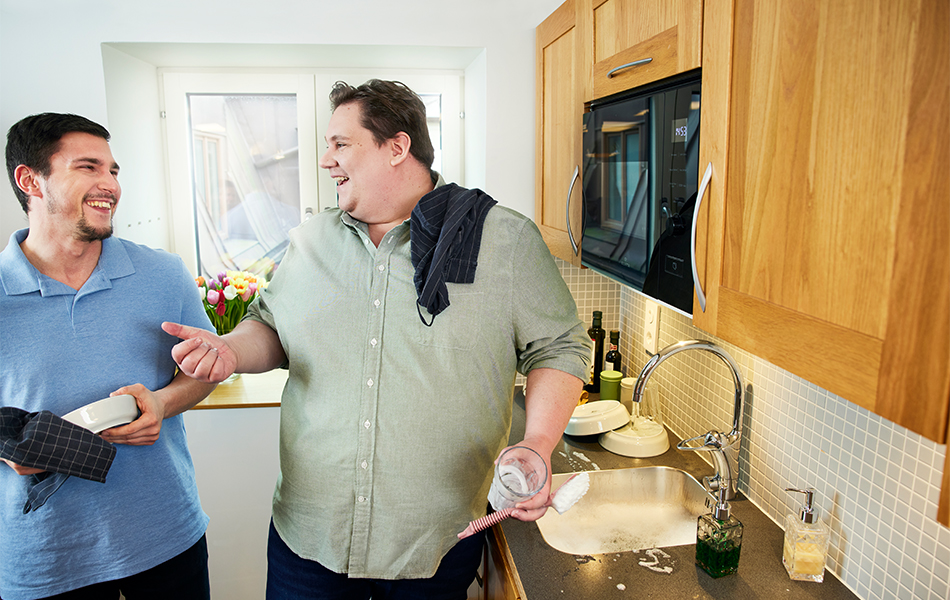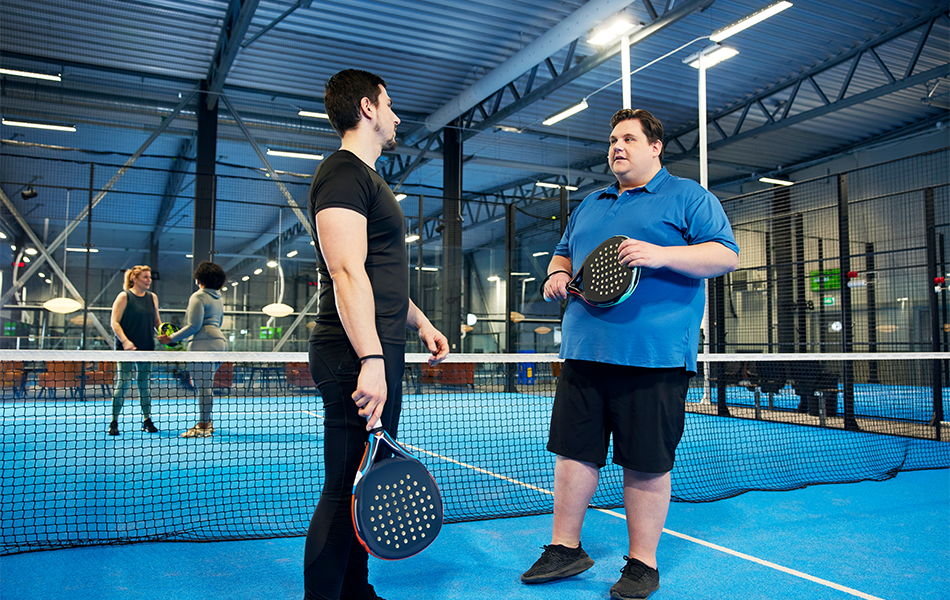
8 ways to manage stress and mental barriers to weight loss
How do you deal with stress? Your reactions may be affecting your weight. Here are 8 ways to manage stress and overcome mental barriers to weight loss.
We don’t have complete control over our weight. But making small changes to how we interact with our immediate environment can still make an impact. From planning healthy meals to staying on our feet, we’ve put together a list of life tricks that you may find helpful.
The image is a model
Food is everywhere. Tasty treats stare at you through shop windows. Soda adverts fill advertising billboards. And the local takeaway pumps air from the kitchen out onto the street – the smell of instant satisfaction.
We try to eat healthy food and we try to eat in moderation. But these triggers in our environment activate our desire to eat energy-rich food. So even though we’re not hungry, we get into the habit of picking up that extra soda or bagel.
We can’t always avoid these triggers in our wider environment.
Instead, take a look at your immediate environment, such as your home
or office. Research shows that even small changes can make a big
difference and make weight
management easier for you.
The image is a model
01
Plan and shop for healthy meals that fill you up
02
Make it harder to find, prepare and eat tempting food at home

The image is a model
03
How to feel comfortable eating out or joining a social gathering
The image is a model
04
Find simple ways to stay active

The image is a model
“There is a reason why increasing health literacy has had zero impact on obesity no matter how much we try to educate.”
The image is a model
Remember that no single solution is right for everyone. Some people might find it easier to be more active, and others might get really excited about meal prepping on the weekend. Either way, taking control of your immediate environment is one of the key elements to a successful weight management.
A last point is to think about the people who are close to you, like friends, family, and colleagues. They could be a source of support and may also benefit from the changes that you make to your environment.
Remember that no single solution is right for everyone. Some people might find it easier to be more active, and others might get really excited about meal prepping on the weekend. Either way, taking control of your immediate environment is one of the key elements to a successful weight management.
HQ23OB00075
Talk to your weight management provider about treatment options that could prevent the weight you lose from coming back.




